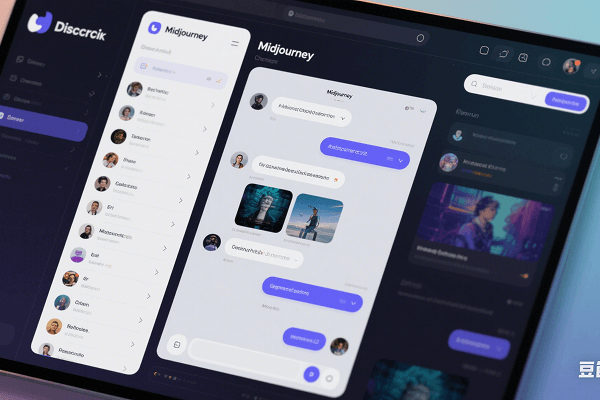

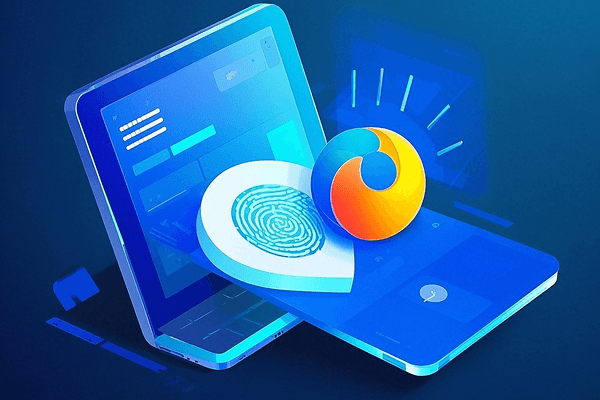
Best Whoer Alternatives in 2025: Top Browser Fingerprinting Test Tools Compared
 2025.11.18 02:58
2025.11.18 02:58Browser Fingerprint: The Invisible Tracker Behind Every Click
If you’ve ever had an online account banned without explanation, or noticed eerily precise ads following you across platforms, you're already experiencing the impact of browser fingerprinting. This technology quietly analyzes dozens of hardware, software, and network attributes to build a highly identifiable profile that persists across sessions, devices, and even VPNs.
Modern browser fingerprints include elements such as:
· Canvas & WebGL rendering
· System fonts and media devices
· Hardware parameters (GPU/CPU)
· Timezone, locale, and geolocation inference
· WebRTC ICE candidates
· Screen metrics and OS metadata
· And more than 20 additional signals
A browser fingerprint test reveals how unique and traceable your digital identity is. But for individuals and teams in e-commerce, ads, affiliate marketing, crypto, or social media who operate multiple accounts, fingerprinting creates the biggest operational risk: platforms can link your accounts even when IP, cookies, and devices differ.
This guide provides a complete, expert-level breakdown of the top browser fingerprinting test tools of 2025 and explains why relying on detection alone is insufficient. You’ll learn how to move from diagnosis to true immunity using a modern anti-detect browser that creates stable, isolated, and platform-safe profiles.
For a comprehensive guide on addressing browser leaks, please refer to our article: What is a Browser Leak? How to Test and Prevent It Effectively.
Top Browser Fingerprinting Test Tools at a Glance (2025 Overview)
| Rank | Tool Name | Core Purpose | Highlight |
|---|---|---|---|
| 1 | BitBrowser Official Fingerprint Test | Anti-detect optimization | Most actionable browser fingerprint insights |
| 2 | BrowserScan | Comprehensive one-stop fingerprinting | Broadest detection depth; authenticity scoring |
| 3 | Whoer.net | Privacy scoring | Clean anonymity percentage for beginners |
| 4 | Pixelscan | Rapid environment consistency check | Best mismatch detection for risk control |
| 5 | BrowserLeaks | Deep technical fingerprint analysis | Most granular data modules |
| 6 | Creep.js | Open-source modern fingerprint audit | Trust score + dynamic tests |
| 7 | Cover Your Tracks (EFF) | Anti-tracking evaluation | Privacy advocacy focus, not just tech data |
| 8 | AmIUnique | Fingerprint uniqueness comparison | Global rarity insights |
| 9 | IPhey | Raw fingerprint data viewer | Great for beginners |
| 10 | IPLeak.net | Network and IP leak testing | Best for proxy/VPN verification |
The 2025 Review of Top Browser Fingerprint Test Tools
1. Flagship & Practical Tools: BitBrowser Official Fingerprint Test & BrowserScan
1.1 BitBrowser Official Fingerprint Test: Best-in-Class for Anti-Detect Optimization
Unlike generic tools, this test is purpose-built to evaluate fingerprint environments created inside BitBrowser. It interprets signals based on the standards anti-detect browsers must meet and identifies issues that public testers may overlook.
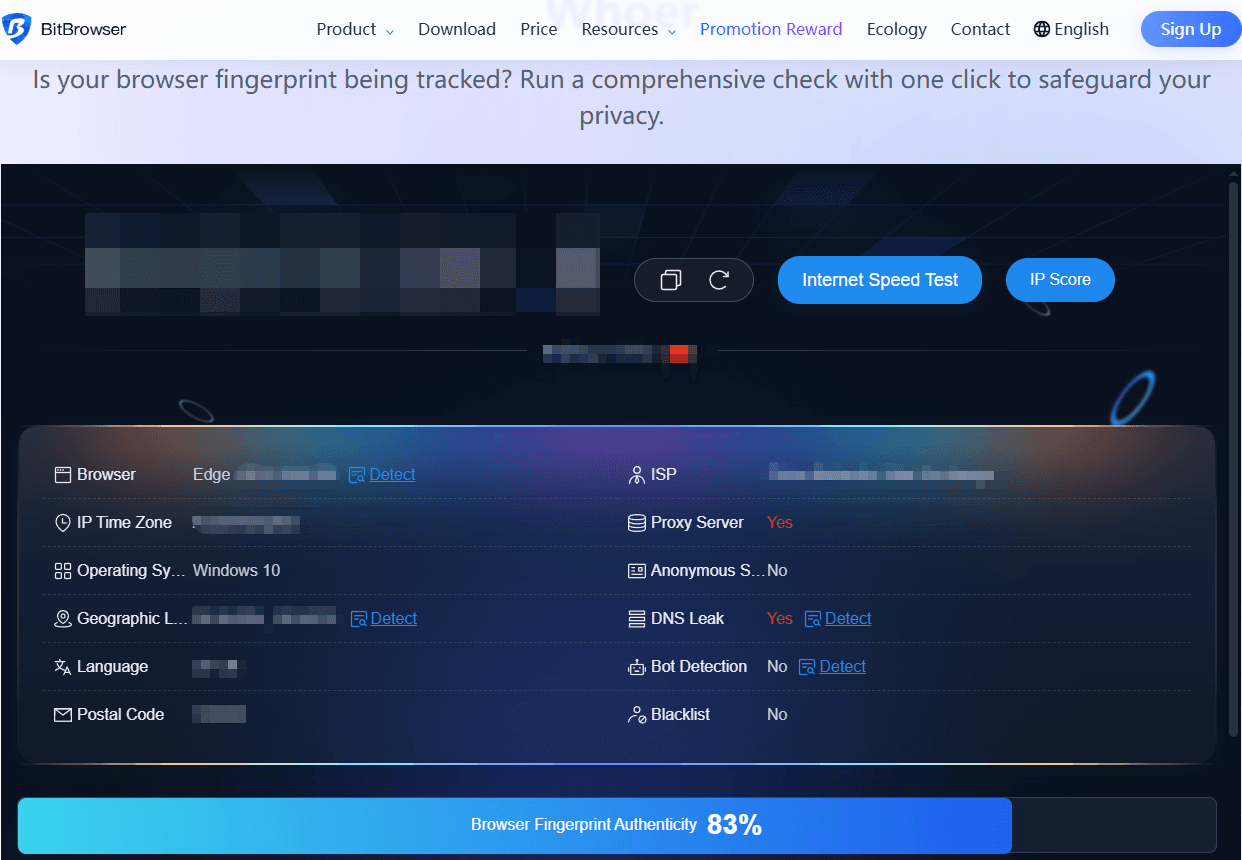
Comprehensive Scoring and Anomaly Alerts:
It not only displays basic network information but also provides a browser fingerprint authenticity score, directly pinpointing deduction factors such as "IP address mismatch," "proxy or VPN usage detected," and "WebRTC exposing real IP address" among other critical anomalies.

Strengths:
This tool is tailored for BitBrowser users, with detection results directly reflecting the effectiveness of the environment spoofing generated by BitBrowser. Users can quickly make targeted adjustments and optimizations within BitBrowser's configuration interface based on the detailed reports it provides (such as IP type, native IP detection, DNS leak, etc.).
1.2 BrowserScan: Comprehensive One-Stop Fingerprinting Platform
BrowserScan is a powerhouse that brings together every critical fingerprint dimension in one place. More than just a browser fingerprint test, it operates as a multi-layered audit system.
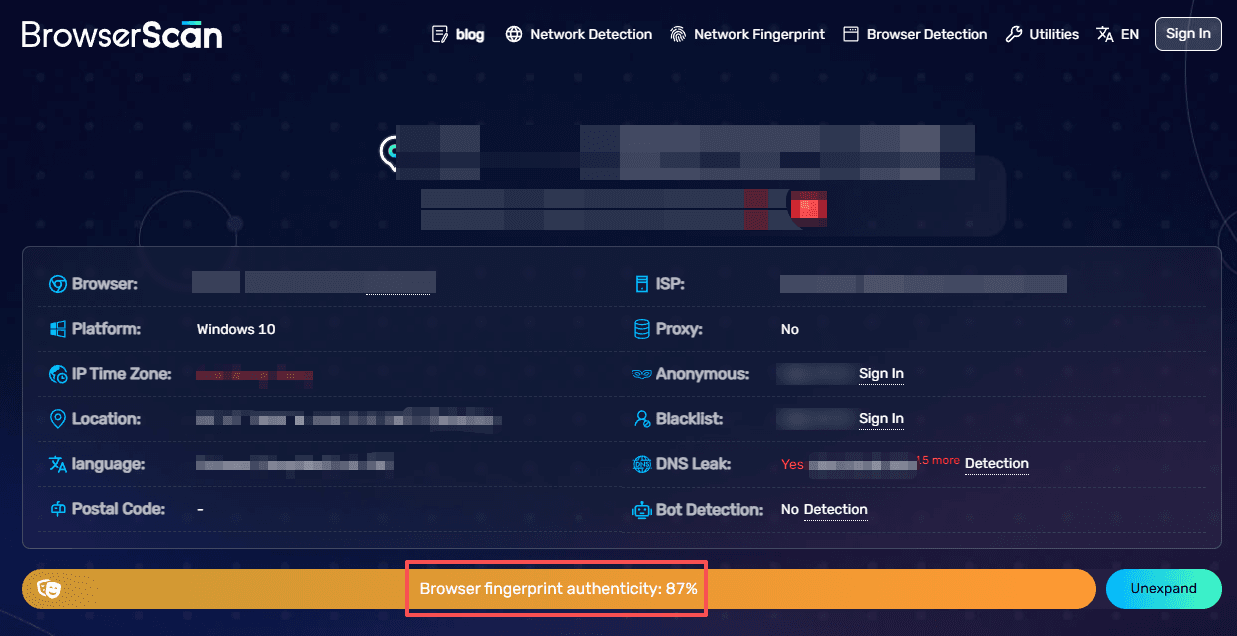
Its signature feature, the Fingerprint Authenticity Score, assesses how “natural” your browser environment looks — extremely valuable for anti-detect users setting up new profiles.
2. Fast Diagnostics & Practical Privacy Checks: Whoer.net & Pixelscan
2.1 Whoer.net: Clean, Beginner-Friendly Privacy Scoring
Whoer simplifies fingerprint analysis by giving you an intuitive privacy score (0–100%). It reviews IP, DNS, timezone alignment, browser metadata, and WebRTC status.
Great for new users learning how to check browser fingerprint without being overwhelmed.
Read our other article for a detailed guide on using Whoer and BitBrowser together: How to Protect Your Online Anonymity and Privacy with Whoer and BitBrowser?


2.2 Pixelscan: The Rapid Environment Consistency Auditor
Pixelscan is renowned for its efficiency and precision in detecting environment inconsistencies that could instantly trigger platform risk controls.
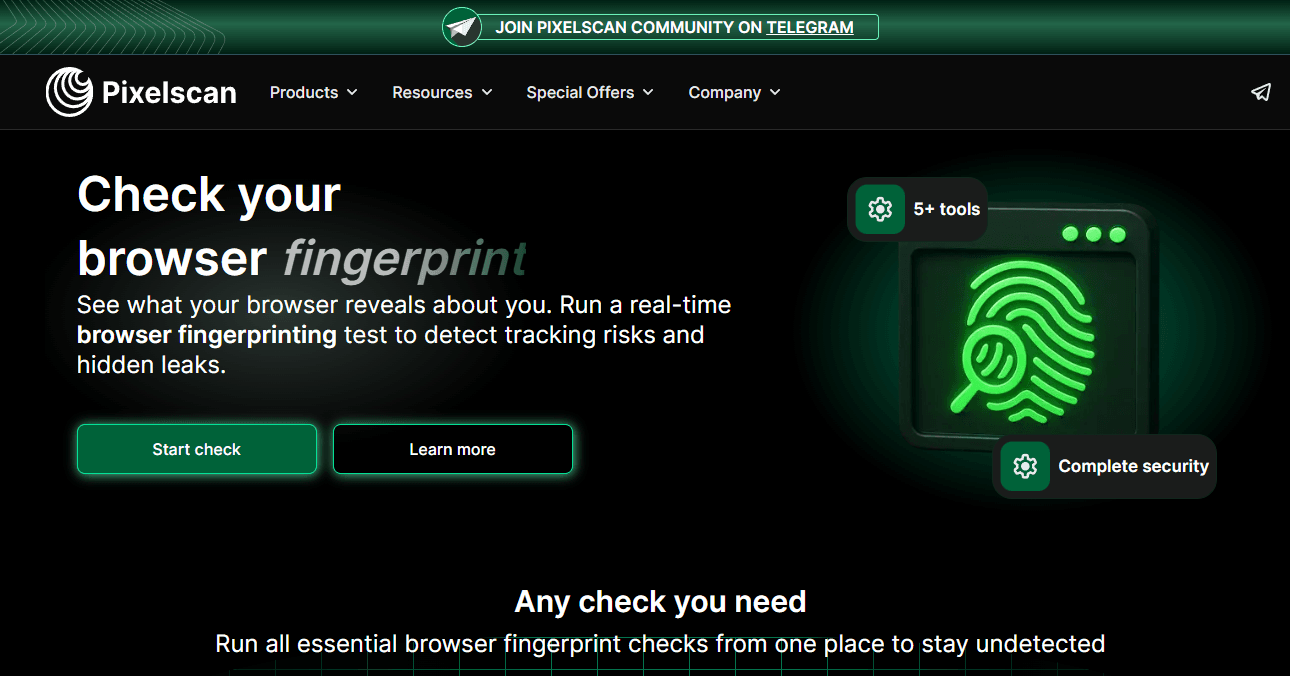
It excels at revealing contradictions such as:
· VPN IP located in Germany
· Browser timezone set to UTC+8
· macOS font list while UA reports Windows
· Screen ratio inconsistent with device model
· Real local IP leaked through WebRTC
These mismatches frequently lead to account bans on platforms like Facebook, TikTok, Google Ads, Amazon, and Instagram.
Who should use it:
Multi-account operators, users of anti-detect browsers, affiliate marketers, and growth teams who need fast, pre-operation validation to ensure browser+proxy environments are perfectly aligned.
3. Advanced Technical Fingerprinting Tools: BrowserLeaks, Creep.js and Cover Your Tracks (EFF)
3.1 BrowserLeaks: Detailed Fingerprint Testing Library
BrowserLeaks doesn’t simplify or abstract. Instead, it shows all the raw fingerprint data your browser exposes. It's great for technical auditors and researchers.
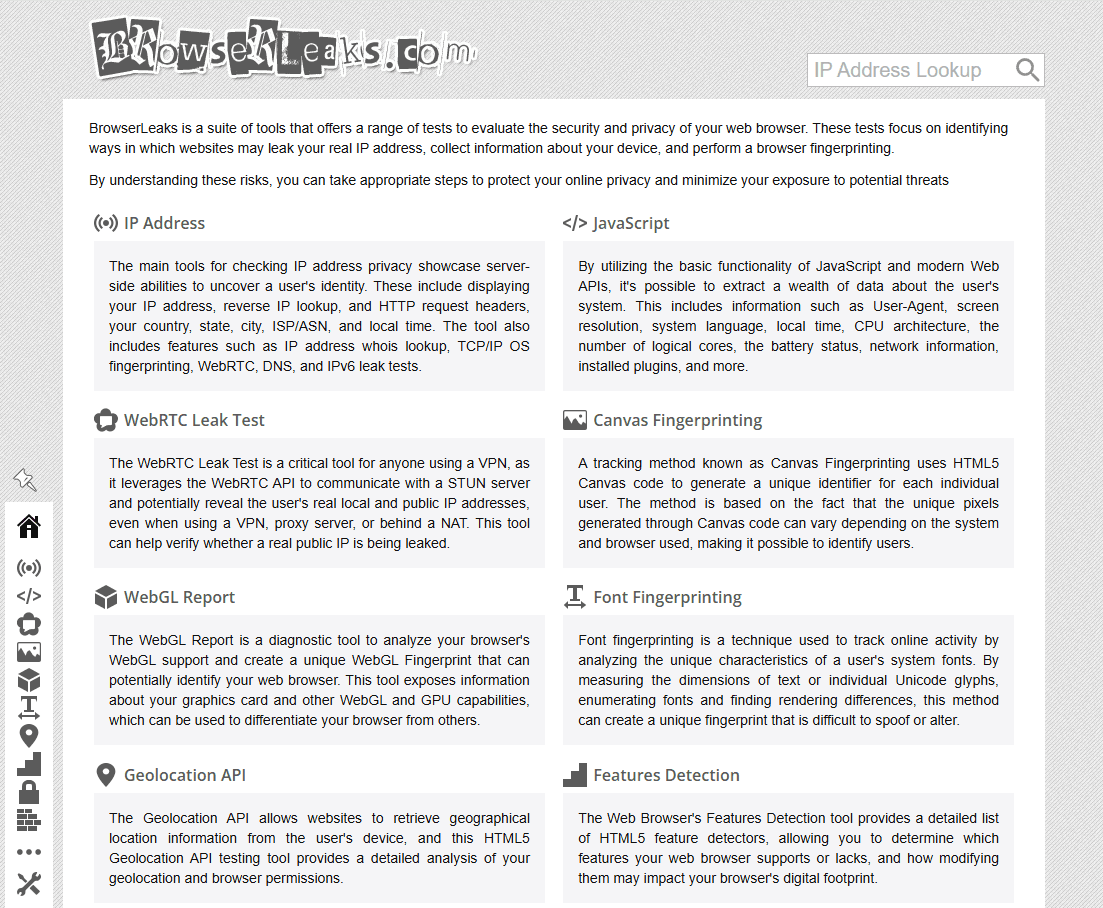
3.2 Creep.js: Modern, Open-Source, Trust-Oriented Fingerprint Testing
Creep.js combines clarity with technical depth through:
· A dynamic trust score
· Open-source transparency
· Stability evaluations
· Detection of inconsistent fingerprint signals
This tool is great for developers and anti-detect engineers.

3.3 Cover Your Tracks (EFF): Privacy Advocacy Meets Fingerprinting
Developed by the Electronic Frontier Foundation (EFF), Cover Your Tracks focuses on how well your browser resists advertisers and corporate trackers.
It evaluates:
· Tracking resilience
· Fingerprint uniqueness
· Ad-tech resistance
This makes it the go-to tool for privacy advocates rather than multi-account operators.

4. Educational & Supporting Tools
4.1 AmIUnique
AmIUnique shows how rare your fingerprint is among global datasets. Excellent for visual learning and awareness.
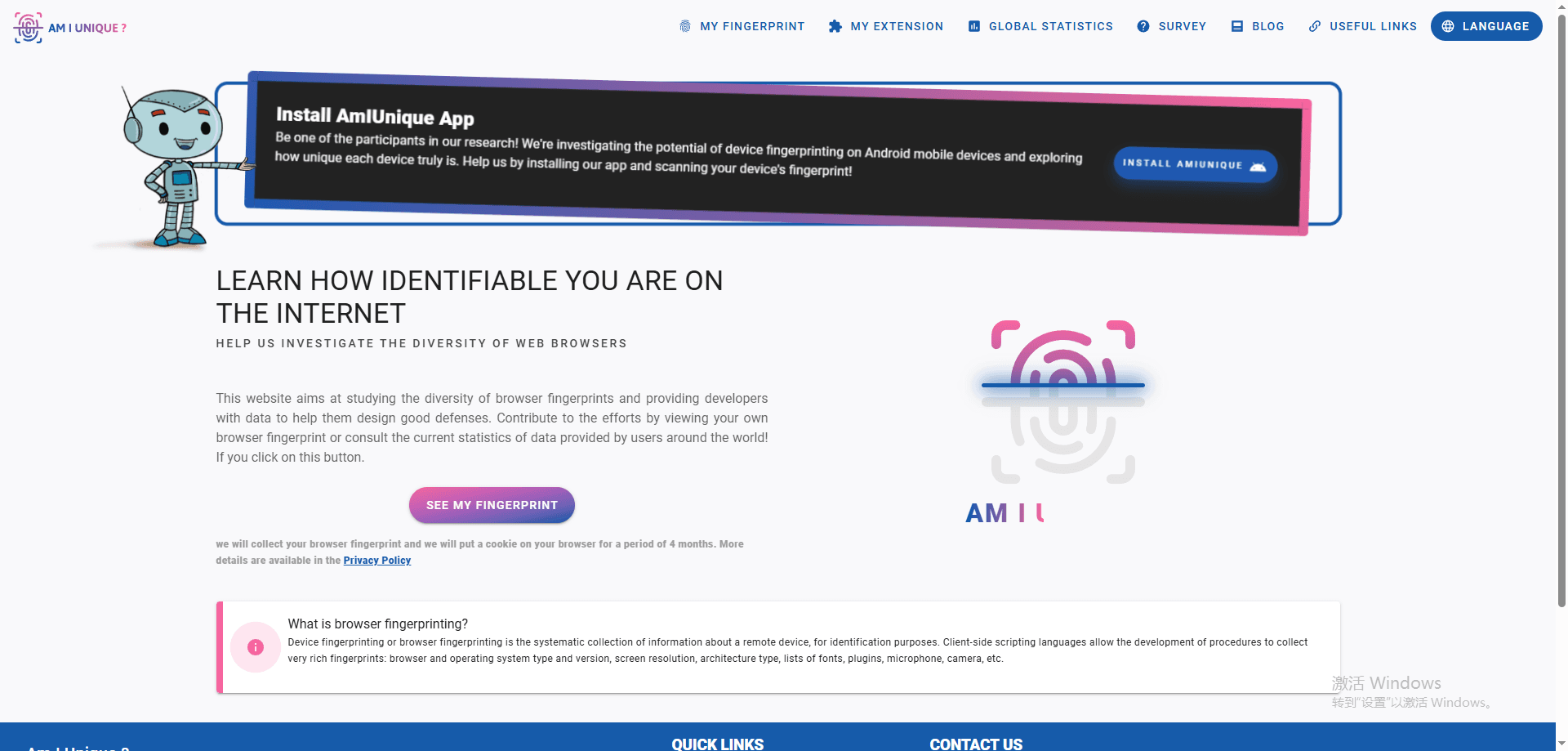
4.2 IPhey
Beginner-friendly dashboard showing raw fingerprint data clearly and simply.
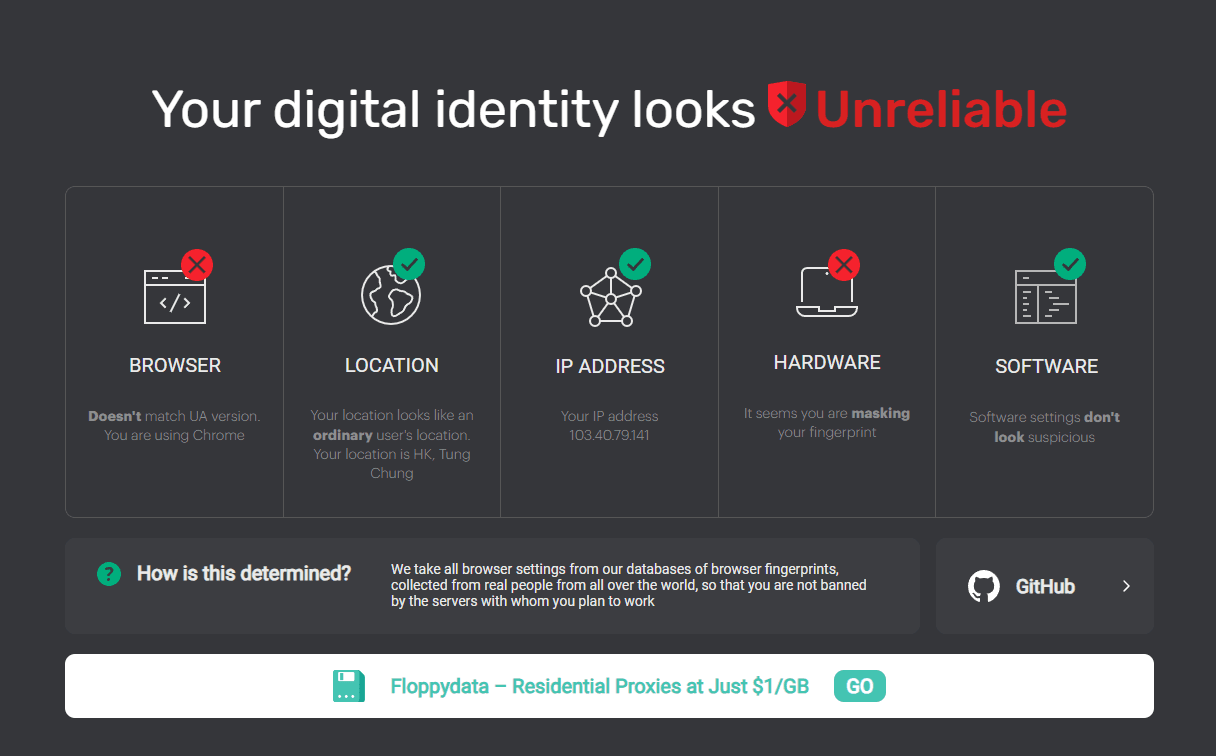
4.3 IPLeak.net
IPLeak.net is best for identifying IP leaks, DNS leaks, WebRTC leaks and Proxy misconfiguration. This tool is a must for any operator working behind VPN/proxy infrastructure.
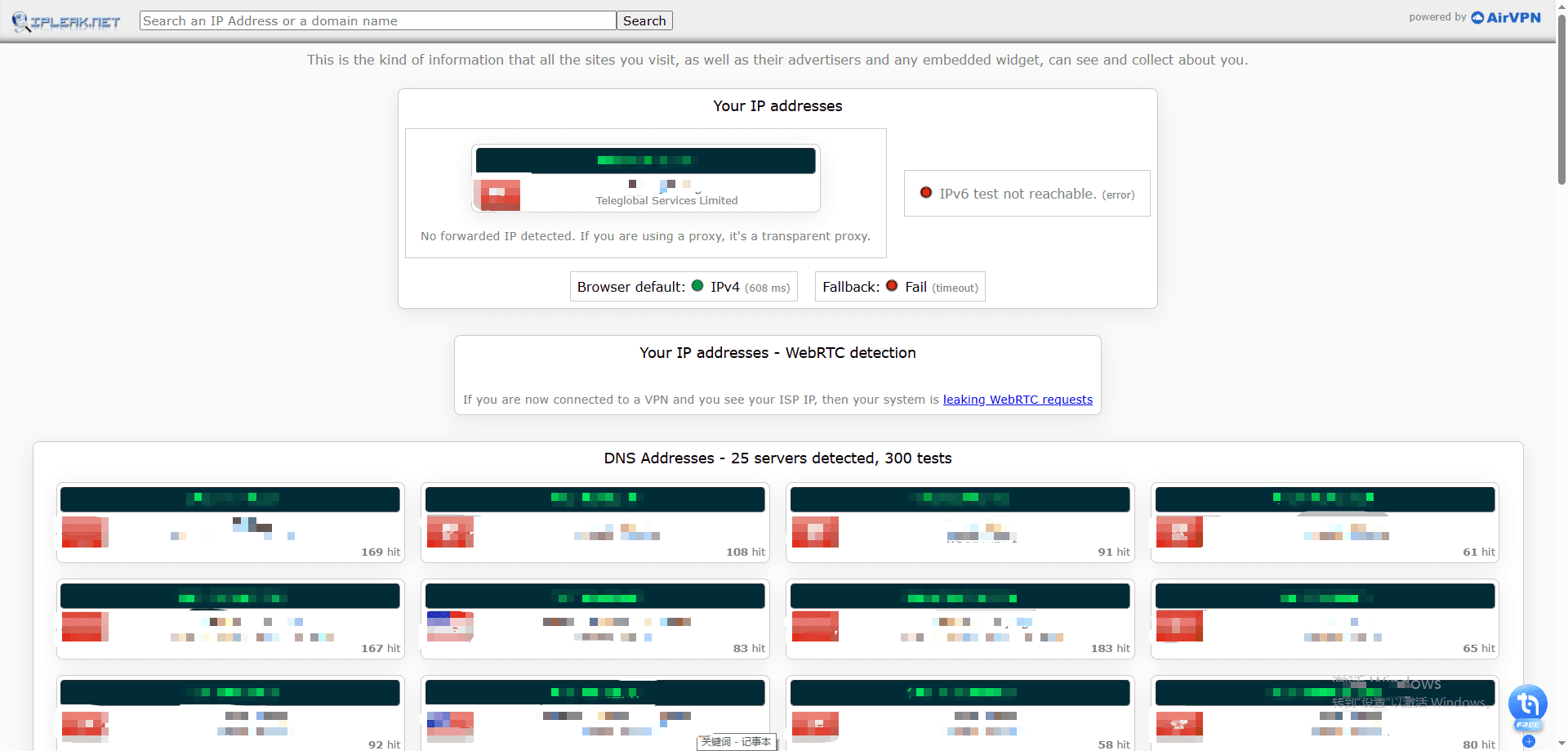
Why You Need a True Anti-Detect Browser
Every tool above performs diagnosis. But none of them provide protection.
A true anti-detect browser goes beyond simple spoofing or masking. It reconstructs a fully isolated fingerprint environment for each browser profile, creating:
· Unique Canvas & WebGL signatures
· Independent AudioContext fingerprints
· Distinct font libraries
· Customized hardware identities
· Unique timezones, locales, and languages
· Separate WebRTC and media device outputs
In short, it does not “hide” your fingerprint. It creates a new, stable, clean, believable one.
This is the foundational technology needed to:
· Manage multiple accounts safely
· Avoid cross-profile linking
· Ensure stable ad and e-commerce operations
· Pass risk control systems
Why BitBrowser Is the Ultimate Anti-Detect Solution in 2025
1. Comprehensive Fingerprint Simulation Across 20+ Categories
BitBrowser supports deep, multi-dimensional fingerprint customization including:
· Canvas
· WebGL
· Audio
· User-Agent
· Fonts
· Device Memory
· Platform metadata
· Media devices
· Screen & window metrics
· WebRTC policies
· Geolocation metadata
Each profile behaves as a genuine standalone “device,” dramatically reducing detection risks.
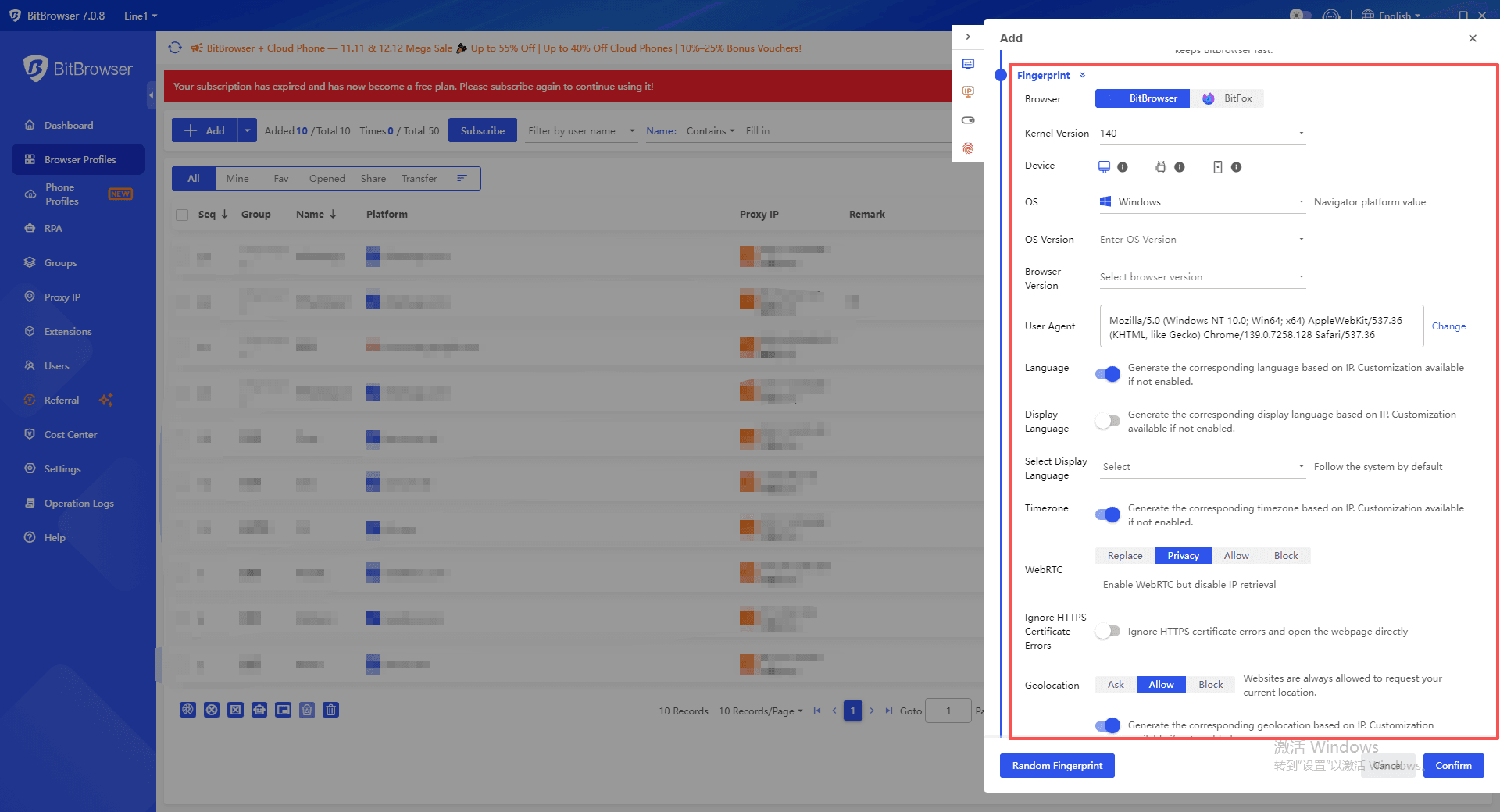
2. Intelligent Environment Consistency System (Automatic IP → Timezone/Locale Sync)
This is one of BitBrowser’s strongest advantages.
When you import a proxy IP, BitBrowser can automatically match:
· Timezone
· Browser language
· Geographical location
· Latitude/longitude for geolocation APIs
This fixes one of the biggest causes of bans: human error and inconsistent profiles.
Platforms can instantly detect when IP, timezone, locale, and system signatures do not align. BitBrowser eliminates these mismatches at the root.
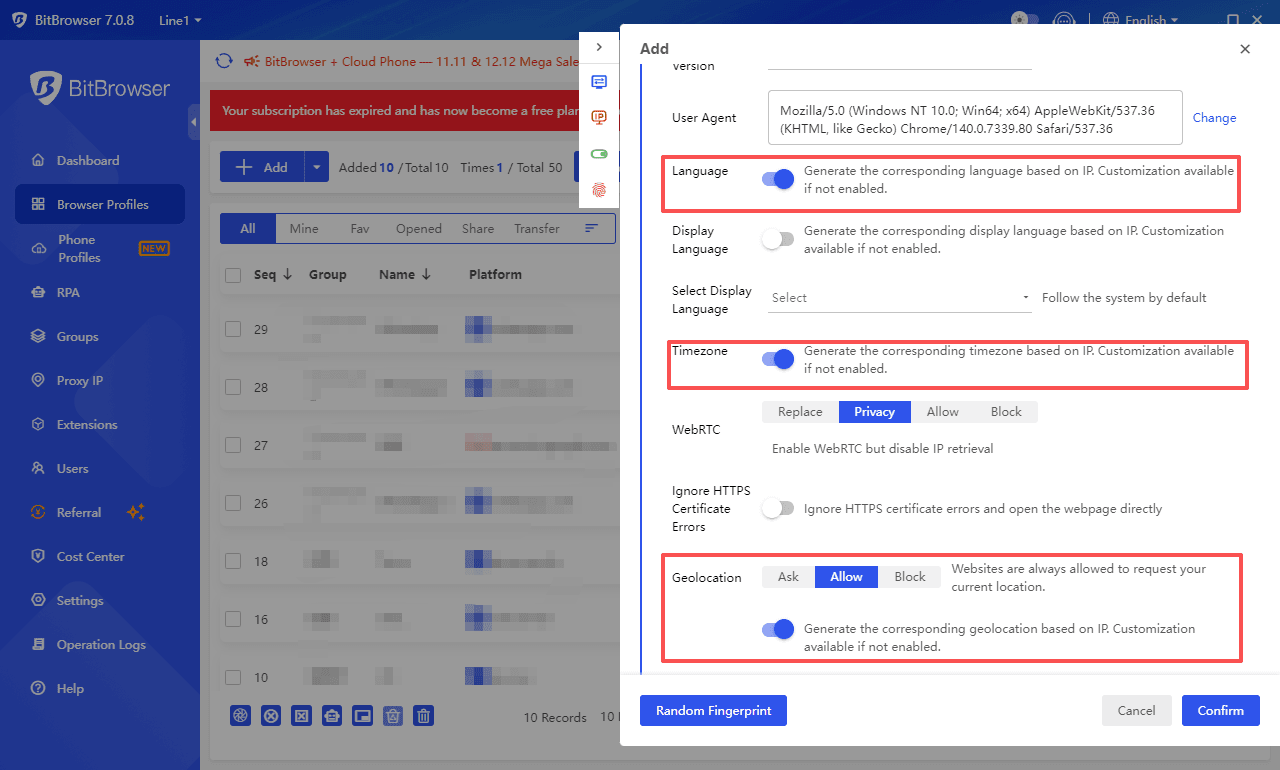
3. Team Workflows, Template Libraries, and Batch Management
BitBrowser supports serious operational teams by offering team member permissions, shared profile libraries, admin-level fingerprint templates, batch creation and imports, as well as consistent-rule profile distribution, ensuring organizational fingerprint consistency, fewer operational mistakes, faster scaling, and safer cross-team collaboration.
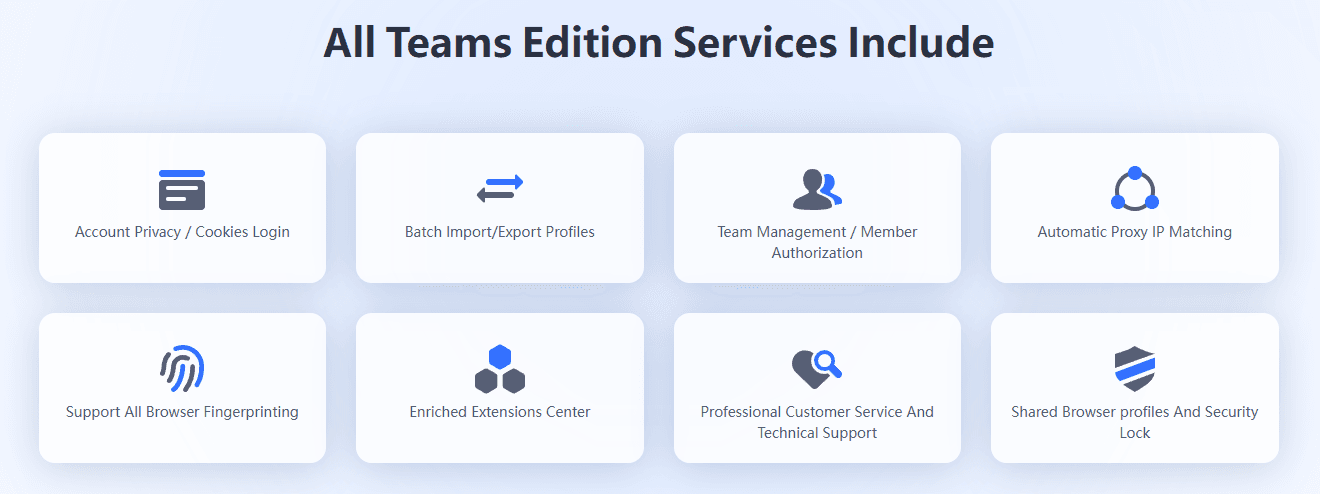
4. Built-in Optimization Loop with BitBrowser Fingerprint Test
Because BitBrowser integrates directly with its own fingerprint test, you can diagnose, fix, and retest in a complete cycle where every issue gets a solution with no guesswork, no misconfiguration, and no blind spots, making it a truly self-correcting anti-detect environment.
Conclusion
Browser fingerprinting is now one of the strongest tracking technologies, and using the right fingerprint test is essential for revealing your vulnerabilities. However, detection is only the beginning. Real protection requires an anti-detect browser. BitBrowser delivers this by providing intelligent environment consistency, deep fingerprint simulation, and robust team-level management, making it a powerful solution for modern operational needs.
 BitBrowser
BitBrowser
 Multi-Account Management
Multi-Account Management Prevent Account Association
Prevent Account Association Multi-Employee Management
Multi-Employee Management

